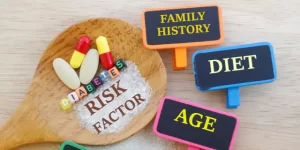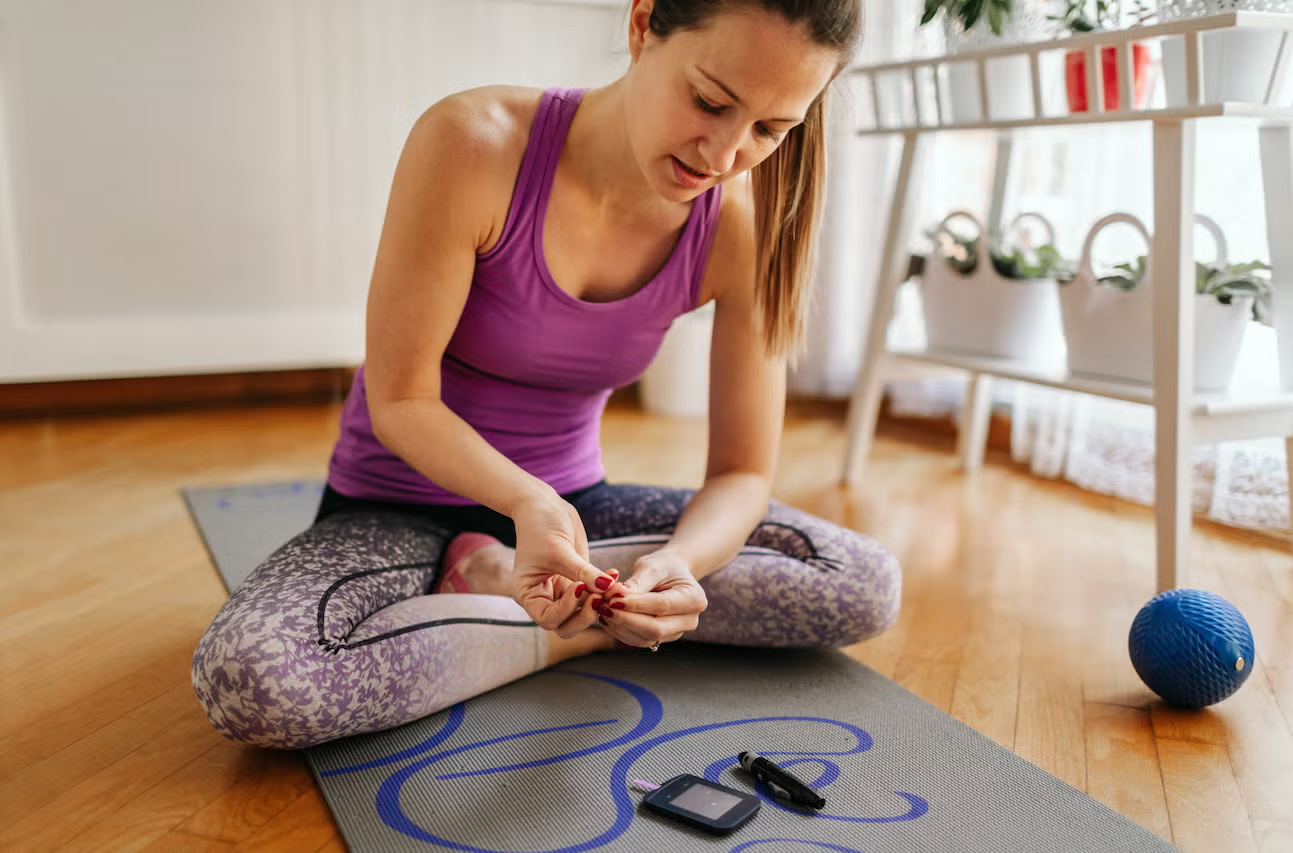Travel Tips for Diabetics: How to Stay Safe and Balanced

Role of Herbal Teas in Managing Diabetes
Traveling is one of life’s greatest pleasures, but for individuals with diabetes, it can present unique challenges. Managing blood sugar levels during flights, long drives, or trips across time zones requires planning, awareness, and a few practical strategies. The key is to stay prepared, maintain your routine, and be ready for unexpected situations like delayed flights, unfamiliar foods, or changes in activity levels.
This comprehensive guide will provide actionable tips, safety strategies, and expert advice to help you travel confidently while managing your diabetes effectively.
Understanding the Challenges of Traveling with Diabetes
Traveling with diabetes is not simply about taking medication on time. It also involves:
- Maintaining blood sugar stability despite schedule changes
- Monitoring meals and carbohydrate intake in unfamiliar cuisines
- Preventing hypoglycemia or hyperglycemia during flights or long trips
- Managing medications, insulin, and devices in transit
- Coping with stress and disrupted routines
By planning ahead and following clear guidelines, travelers with diabetes can significantly reduce the risk of complications while enjoying their trip.
1. Pack Smart and Bring Extra Supplies
Proper packing is the first step to a safe and smooth journey. Carry double the amount of essential supplies you would normally need in case of delays or lost luggage.
Essential items include:
| Item | Purpose | Notes |
|---|---|---|
| Insulin or oral medications | Blood sugar control | Bring extra in case of delays |
| Glucometer and test strips | Monitoring blood sugar | Include spare batteries or a charger |
| Needles, lancets, alcohol swabs | Injection/monitoring | Pack double the quantity |
| Continuous Glucose Monitor (CGM) | Continuous monitoring | Include backup sensors and a charger |
| Glucose tablets or snacks | Hypoglycemia management | Choose portable, shelf-stable options |
| Doctor’s note and prescriptions | Security and customs | Especially important for international travel |
Tips:
- Pack medications and monitoring devices in hand luggage.
- Use a cool pouch for insulin and a clear bag for airport screening.
- Keep items organized and accessible for convenience and security checks.
2. Adjust for Time Zones
Crossing time zones can affect your insulin schedule and meal timing.
Strategies:
- Gradually adjust your medication and insulin timing for long trips.
- Consult your doctor before traveling for a personalized plan.
- Keep a watch or mobile app set to your home time zone initially to avoid confusion.
Tip: Use alarms or reminders to stay on track with medication dosing during travel.
3. Meal Planning and Carbohydrate Management
Maintaining stable blood sugar requires consistent meal timing and mindful eating.
- Opt for low glycemic index (GI) foods whenever possible.
- Be cautious with local desserts, buffet meals, and street food, which may have hidden sugars.
- Always carry portable, blood sugar-friendly snacks such as nuts, roasted chickpeas, and protein bars.
Pro tip: Learn the carbohydrate content of local foods to adjust insulin or medication accurately.
4. Hydration and Physical Activity
Dehydration and inactivity can significantly affect blood sugar:
- Stay hydrated: Carry water and avoid sugary drinks.
- Move regularly: On long flights or drives, walk or stretch every 1–2 hours.
- Monitor blood sugar: Check glucose before and after activity, especially if insulin or medication is involved.
Tip: Frequent movement improves insulin sensitivity and prevents stiffness during long trips.
5. Emergency Preparedness
Preparedness is crucial for safety:
- Wear a medical ID or bracelet indicating “Diabetes.”
- Learn how to say “I have diabetes” in the local language.
- Identify the nearest pharmacy, hospital, or clinic at your destination.
- Confirm the availability of medications or alternatives if traveling internationally.
6. Assemble a Travel Health Kit
A dedicated travel kit ensures you have everything needed to manage diabetes safely.
Recommended items:
- Glucometer or CGM devices
- Insulin or oral medications
- Glucose tablets or gel for rapid sugar correction
- Ketone test strips (for Type 1 diabetes or DKA-prone patients)
- Basic first-aid items and foot care supplies
7. Sleep, Stress, and Routine
Travel often disrupts sleep and routines, which can cause blood sugar spikes.
- Prioritize rest: Ensure adequate sleep even in transit.
- Stress management tools: Use relaxation apps, breathing exercises, or light stretches.
- Routine adherence: Try to maintain regular meal times and medication schedules.
8. Role of Herbal Teas
Herbal teas can complement blood sugar management but are not a replacement for medication.
- Green tea: May support glucose control.
- Chamomile tea: Can aid in relaxation and stress reduction.
- Avoid sweetened teas: Many commercially available herbal teas contain added sugar.
Tip: Use herbal teas as part of a hydration and overall wellness strategy during travel.
9. Common Warning Signs to Watch For
| Blood Sugar Level | Possible Symptoms | Recommended Action |
|---|---|---|
| Low (Hypoglycemia) | Shaking, sweating, headache, irritability | Consume glucose tablets/snacks; monitor closely |
| High (Hyperglycemia) | Thirst, frequent urination, fatigue | Hydrate, test glucose, adjust insulin if needed |
| Severe or Persistent | Fruity breath, confusion, fainting | Seek emergency medical attention (DKA risk) |
10. Final Advice
Traveling with diabetes is about preparation, awareness, and flexibility:
- Plan ahead and pack double supplies.
- Maintain blood sugar monitoring throughout your trip.
- Manage meals, hydration, and activity carefully.
- Prepare for emergencies and know local healthcare options.
- Incorporate stress management and rest into your travel routine.
With proper planning and adherence to these strategies, diabetics can enjoy travel safely while keeping their blood sugar stable and balanced.
Written by:
Dr. Laura Chen, MD, Endocrinologist
Dr. Laura Chen is a board-certified endocrinologist specializing in diabetes management and travel medicine. She has over 15 years of experience guiding patients on managing diabetes safely in daily life and during travel.
Reviewed by:
Michael Tan, RD, Registered Dietitian
Michael Tan is a registered dietitian with expertise in diabetic nutrition and lifestyle management. He provides guidance for patients to maintain stable blood sugar while traveling and managing their daily routines.
References
- Diabetes Daily Tips. Stress and Diabetes: How They’re Connected and What to Do. https://diabetesdailytips.com/stress-and-diabetes-how-theyre-connected-and-what-to-do/.
- Continuous Glucose Monitoring. National Institute of Diabetes and Digestive and Kidney Diseases. https://www.niddk.nih.gov/health-information/diabetes/overview/managing-diabetes/continuous-glucose-monitoring
- Diabetes Daily Tips. Low Glycemic Index (GI) Foods for Better Blood Sugar Control. https://diabetesdailytips.com/low-glycemic-index-gi-foods-for-better-blood-sugar-control/
- American Diabetes Association. Diabetic Ketoacidosis (DKA) – Warning Signs, Causes & Treatment. https://diabetes.org/about-diabetes/complications/ketoacidosis-dka/dka-ketoacidosis-ketones







